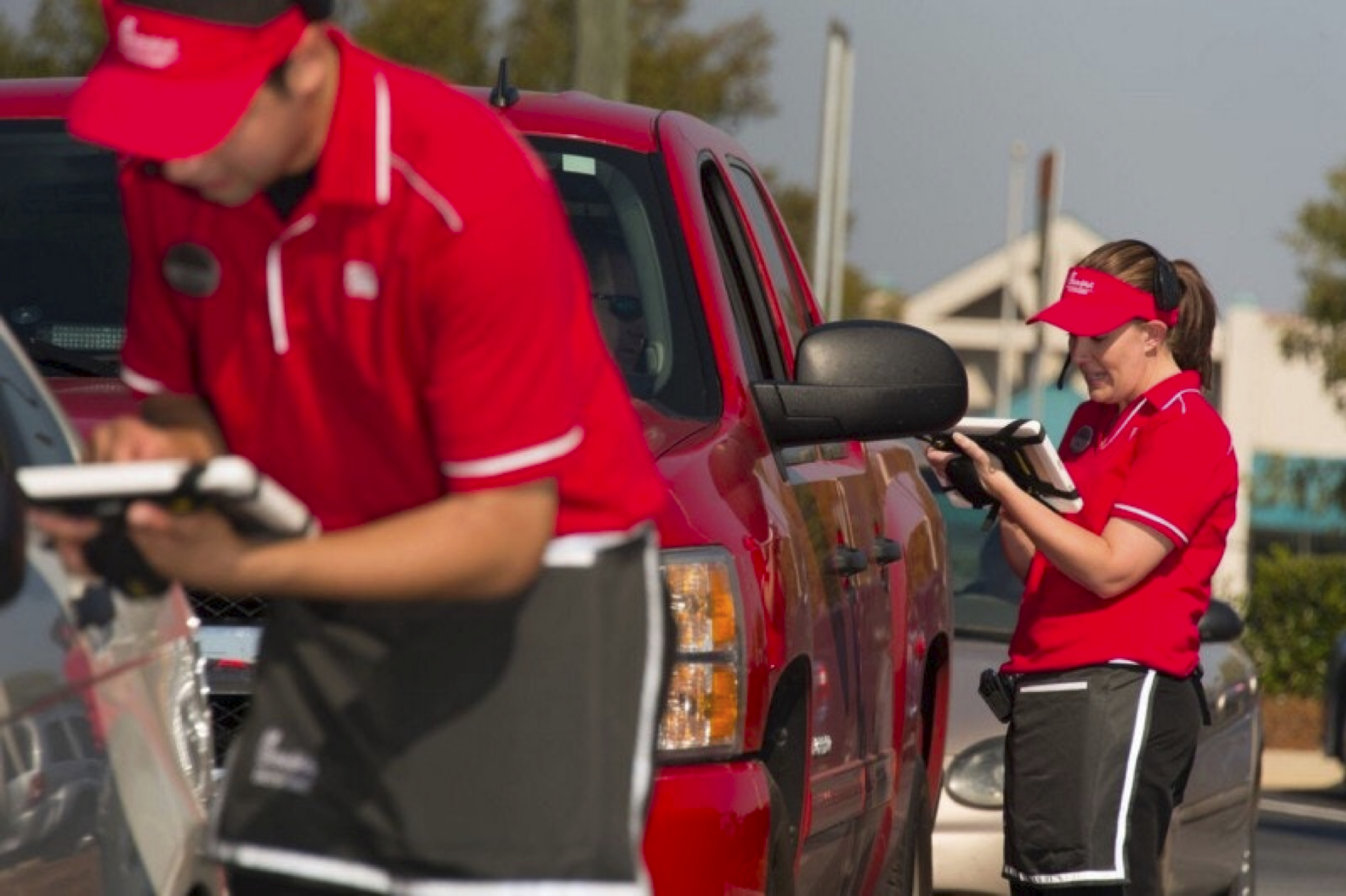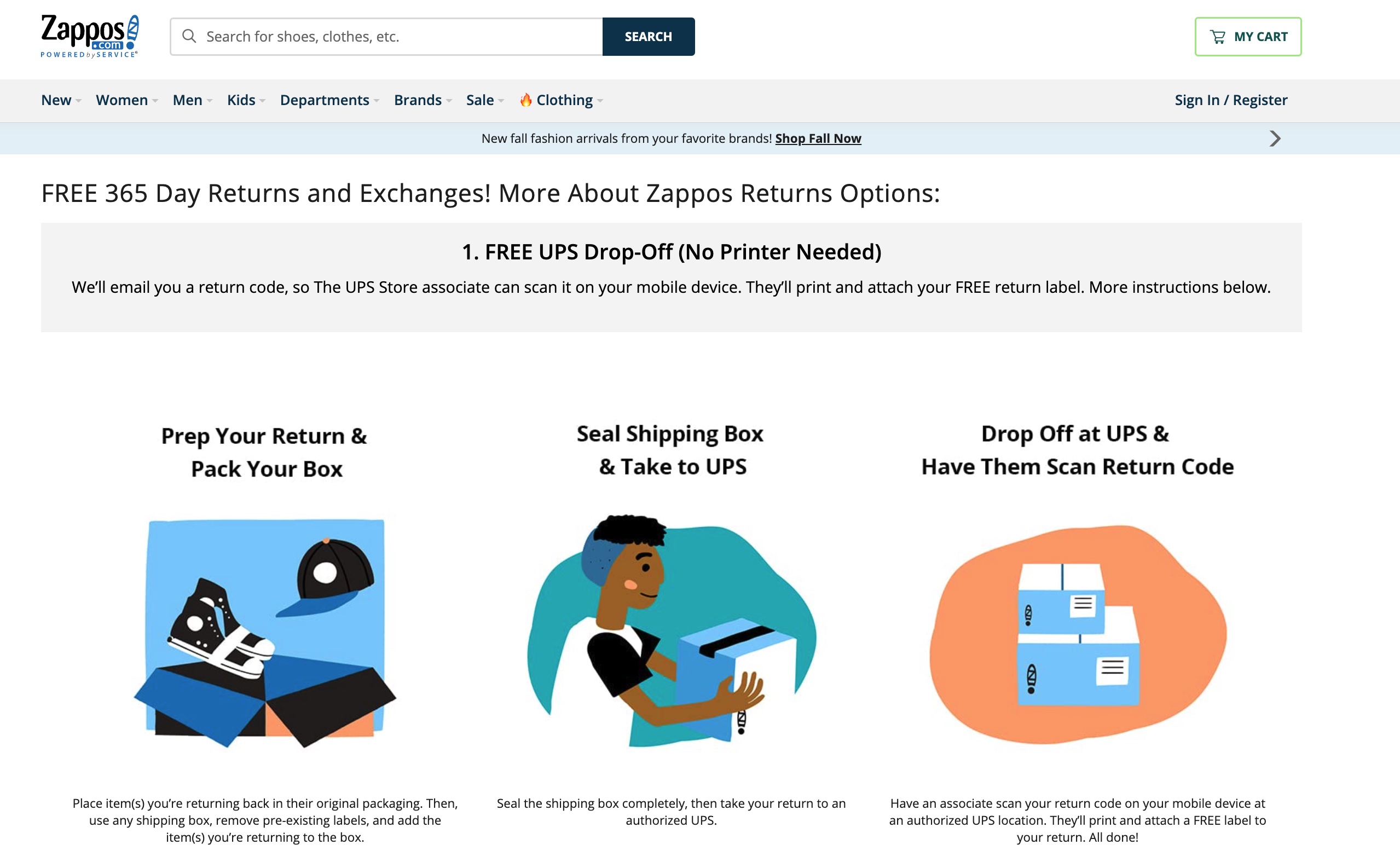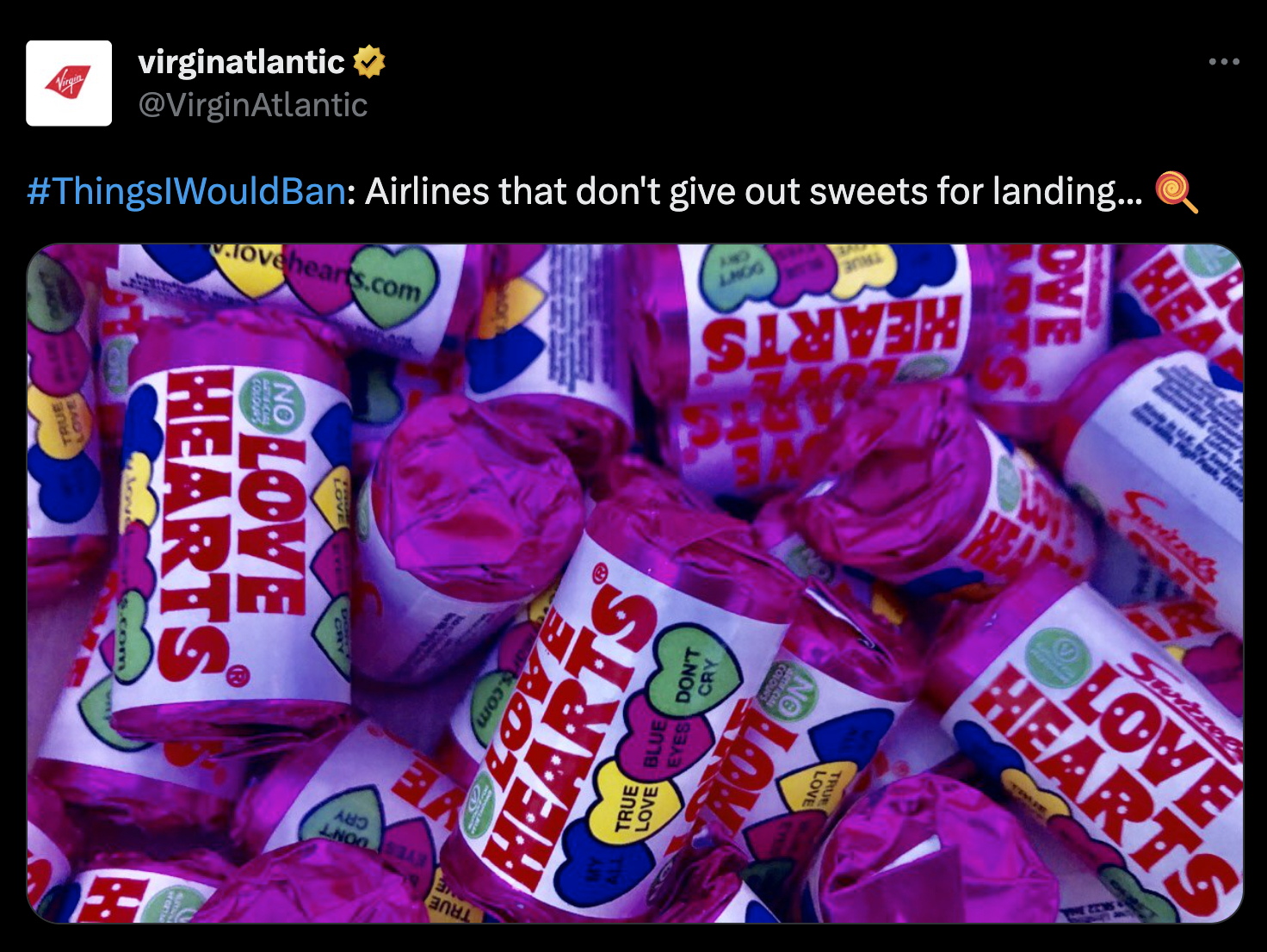Quick Definition: The Peak-end Rule says that people judge an experience based on how they felt at its peak and its end, not the average of every moment of the experience.
Table of Contents:
- What is the Peak-end Rule
- The Story of the Peak-end Rule
- 3 Real World Examples of the Peak-end Rule
- Why Unforgettable Experiences Matter
- The Bottom Line (and How to Get Started Using Peak-end)
According to Accenture, 87% of organizations say traditional experiences no longer satisfy customers. A “good” experience is ok, but for your business to break through with customers, it needs to stand out.
An unforgettable experience means customers talk about it. They recommend it, and prefer it. And the Peak-end Rule is the psychological principle that can help us do that.
What is the Peak-end Rule?
The Peak-end Rule says that people judge an experience based on how they felt at its peak and its end, not the average of every moment of the experience. And that’s true whether the experience was good or bad.
For brands, this means customers will remember their whole experience based on only two moments — the best (or worst) part of their experience, and the end.
That’s great news because, according to science, there’s room for error in your experience. To transform people’s memories of your brand, you only have to perfect two moments — the peak and end.

Image via UI Patterns.com
The Story of the Peak-end Rule
How do we create an experience that stands out? First, it helps to understand how our brains create memories. Nobel Prize-winning economist Daniel Kahneman explored this subject in a study about how people remember pain. He asked people to rate their discomfort of colonoscopy procedure. Kahneman’s team then compared the patients’ “remembered” pain experiences with data recorded during the procedure.
To their surprise, the team found people rated the pain of the entire experience based on only two points: The intensity of pain at its worst point, and the pain at the end of the procedure.
Kahneman discovered that our brains can’t remember everything, so they use mental shortcuts (called heuristics) to pick out what’s important. One of the most important heuristics is emotion — the more intense and more recent the feelings, the more memorable the experience.
These findings are the foundation of the psychology principle known as the Peak-end Rule.
The Peak-end Rule says that people judge an experience based on how they felt at its peak and its end, not the average of every moment of the experience. And that’s true whether the experience was good or bad.
For brands, this means customers will remember their whole experience based on only two moments — the best (or worst) part of their experience, and the end.
That’s great news because, according to science, there’s room for error in your experience. To transform people’s memories of your brand, you only have to perfect two moments — the peak and end.
Real-world Examples of Brands Using Peak-End
1. Chick-fil-A: "It's our pleasure"
The drive-thru can be a stressful place. You’re not quite sure what you want, there’s pressure from the cars behind you, and you’re afraid your order will be wrong when you finally get your food. Chick-fil-A has eliminated the most stressful points of the drive-thru by introducing humans. The crew members:
- Come to you (reducing time pressure from other cars)
- You can ask them questions (no more worry about the accuracy of your order)
- They end every interaction with the delightful Chick-fil-A trademark phrase, “It’s my pleasure.”

Source: Chick-fil-a
2. Aldi: Home to the world’s fastest checkout
At the discount grocery chain Aldi, you won’t find fancy displays or ornate decorations. The shelves are ugly metal racks stacked with mostly store-brand products. But the most memorable part of Aldi? Its lightning-fast check-out process.
Aldi has long been home to the world’s fastest checkouts — a huge pain point (and emotional low) in most grocery stores. But because Aldi sells owned-brand products, they can create packaging with multiple UPCs on different panels. Cashiers never have to search for where to scan, rarely look up an item code. They’re even scored based on the length of their average checkout. Aldi has turned an industry pain point into an opportunity to create an unforgettable customer experience.
3. Zappos: Fast and free returns

Source: Zappos.com
The secret to Zappos’ success lies in how they handle the number one challenge of buying shoes online — what do you do if they don’t fit? Because of their liberal return policy, Zappos quickly built a thriving business. In this case, the peak and end of an experience are tied to the same moment — returning an item. Knowing that Zappos happily takes returns created brand advocates, drove trial, and increased repeat customers.
🚀 Learn what makes buyers tick
Join 8k+ of world's best marketers from brands like Disney, Coca-Cola, Google who are learning marketing psychology in <5 mins a week.
4. Virgin Atlantic: A sweet before landing
Virgin Atlantic does a lot of things right in its inflight experience. But one of the most effective (from a behavioral science perspective) is walking around the plane just before it begins its descent, with a basket of candy for passengers.
I noticed this on my last flight from London to New York, and it stood out to me as a great way to give a little psychological lift to the end (or the beginning of the end) of a flight, while folks are feeling a bit stressed about packing up, getting off the plane, and potentially making their connection flight.
Why Unforgettable Experiences Matter
The Peak-End Rule is like the 80/20 shortcut of customer experience. 20% of your experience drives 80% of what people’s memories of the experience. And the more unforgettable the experience, the better the customer:
- They’re loyal. Customers who had a “very good” experience are 3.5x more likely to repurchase. According to Temkin Group’s 2018 research, CX has three components — success, effort, and emotion. They state, “while all three elements impact customer loyalty, an improvement in emotion drives the most significant increase in loyalty.”
- They’re advocates. Customers who had a good experience are 5x more likely to recommend the company. In fact, “there’s a 21-point difference in Net Promoter Score between consumers who’ve had a very good experience with a company and those who’ve had a very poor experience.”
- They drive revenue. Temkin also built a model to estimate how “a modest improvement in CX would impact the revenue of a typical $1 billion company across in 20 industries.” On average, these companies stand to gain $775 million in value over only three years.
The Bottom Line (and How to Get Started Using Peak-end)
CX projects take a lot of time, money, and sweat equity to complete. They’re rarely small and always cross departments. That means lots of stakeholders, which translates to lots of resistance. But the beautiful thing about Peak-end is that you can start applying it to your strategy today.
To get started, ask yourself:
- ✅ Where do our customers feel the best (and the worst) in our customer journey?
- ✅ Where does our experience actually end? Is it potentially outside of our store or purchase experience (like when you take IKEA furniture home to assemble)?
- ✅ Do we have a good understanding of our customer journey? Is it time to create a customer journey map to get your team on the same page?
If you enjoyed this article, check out my podcast episode about the Peak-end Rule:

